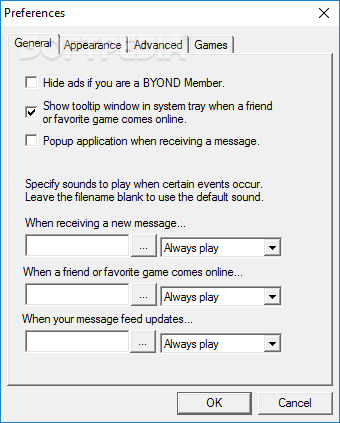

Duration of CCyR: from first date of CCyR to date of confirmed loss of CCyR/disease progression/on-treatment death or censoring, analyzed for responders only.

By completing all four modules, the student will be awarded a Microelectronics concentration certificate and be allowed access to cleanroom lab space.Īpplication Deadline: 01/18, Wednesday, 5:00pmġ. A student may take any offered module in any order and is expected to attend each of the four weekly lab sessions. Each weekly lab session will last approximately two hours and will consist of both classroom instruction and a hands-on laboratory demonstration.

The program currently offers four modules with each module running over a four-week period.

This certificate program is designed to introduce microfabrication and analysis concepts to interested undergraduate students.
#BYOND PROFESSIONAL#
This certificate program is an exciting opportunity for undergraduates, both for those planning to pursue a graduate degree or those looking to prepare for a professional career. With the increasing demand for engineers and scientists with focused training in cleanroom operations, we are offering a certificate program for undergraduate students to start building a foundation. The growing semiconductor and electronic devices industries, as well as pharmaceutical, medical, optical, solar and aerospace industries depend on cleanroom technologies where the contamination is controlled. The MNCR has equipment that enables deposition and etching of thin films, patterning of devices and nanostructures, wet chemical processing and metrology capabilities. The MNCR offers a broad range of processing, measurement and fabrication tools for microelectronics, optoelectronics, MEMS and other small-scale devices. The Micro and Nanofabrication Clean Room (MNCR) facility within the Center for Materials, Devices and Integrated Systems (CMDIS) is a Class-100 facility located on the 4 th Floor of the Center for Industrial Innovation (CII) building. BYOND: Build Your Own Nano Device - Enrichment Opportunity and Certificate Program


 0 kommentar(er)
0 kommentar(er)
